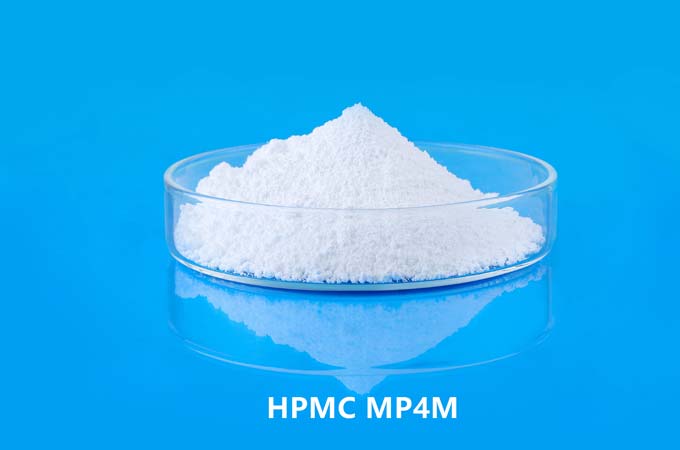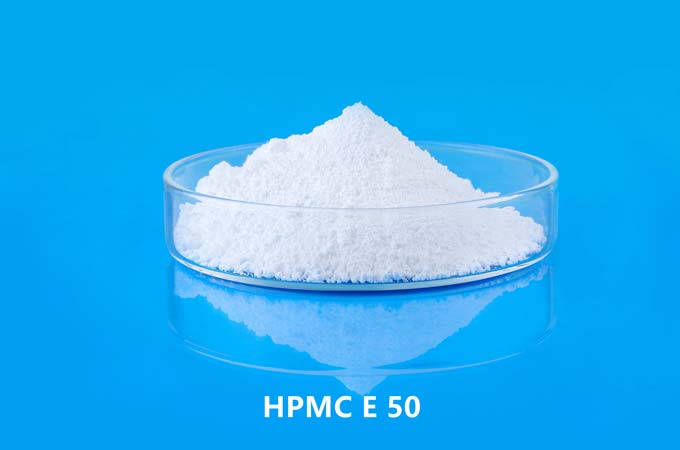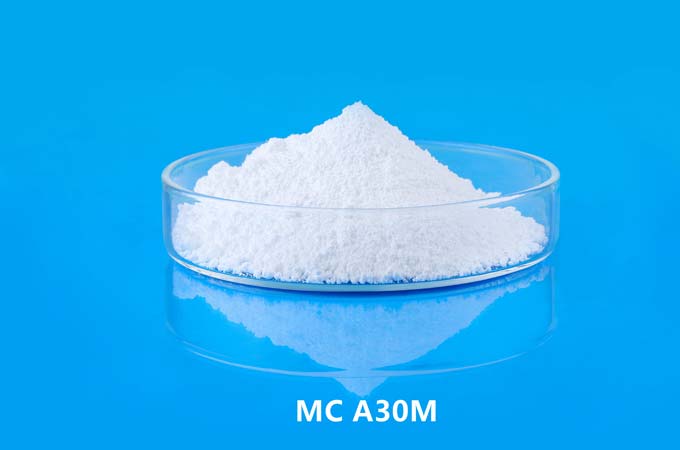CMC (carboxymethylcellulose) and HPMC (hydroxypropyl methylcellulose) are both commonly used as ingredients in eye drops, particularly in lubricating eye drops. While they share some similarities, there are also differences between them, including their chemical composition, viscosity, and clinical applications.
Chemical Composition:
CMC is a derivative of cellulose, which is a naturally occurring polymer found in plant cell walls.
It is synthesized by reacting cellulose with chloroacetic acid, resulting in the substitution of hydroxyl groups in the cellulose molecule with carboxymethyl groups.
HPMC is also a derivative of cellulose.
It is produced by treating cellulose with propylene oxide and methyl chloride, leading to the introduction of hydroxypropyl and methyl groups onto the cellulose backbone.
Viscosity:
CMC generally has a higher viscosity compared to HPMC.
Its high viscosity contributes to its ability to form a protective barrier over the surface of the eye and provide long-lasting lubrication
HPMC typically has a lower viscosity compared to CMC.
While it may not provide as prolonged lubrication as CMC, its lower viscosity may make it more comfortable for some users, particularly those who prefer a thinner consistency in their eye drops.
Clinical Applications:
CMC eye drops are commonly used for the relief of dry eye symptoms.
They work by forming a protective film over the surface of the eye, helping to retain moisture and reduce irritation and discomfort associated with dry eyes.
CMC eye drops are also used to alleviate symptoms caused by environmental factors such as wind, smoke, and dust.
HPMC (Hydroxypropyl Methylcellulose):
HPMC eye drops are also used for the relief of dry eye symptoms.
Similar to CMC, they help lubricate the surface of the eye and alleviate discomfort associated with dryness.
HPMC may be preferred by some individuals who find the thinner consistency of these eye drops more comfortable to use.
Compatibility and Formulation:
CMC is compatible with a wide range of other ophthalmic ingredients and preservatives commonly used in eye drop formulations.
It can be formulated into various types of eye drops, including single-dose vials, multidose bottles, and gel formulations.
HPMC is also compatible with many ophthalmic ingredients and preservatives.
Like CMC, it can be formulated into different types of eye drops to suit individual preferences and needs.
Side Effects and Safety:
CMC eye drops are generally well-tolerated with few side effects reported.
Some individuals may experience temporary blurring of vision or mild irritation upon instillation, but these effects are usually transient.
Similarly, HPMC eye drops are considered safe for most users.
Adverse effects such as stinging or burning upon application are rare but may occur in some individuals.
both CMC (carboxymethylcellulose) and HPMC (hydroxypropyl methylcellulose) are widely used in eye drops for the relief of dry eye symptoms. While they share similarities as derivatives of cellulose, they differ in terms of viscosity, clinical applications, and formulation preferences. CMC tends to have a higher viscosity and may provide longer-lasting lubrication, while HPMC typically has a lower viscosity and may be preferred by some users for its thinner consistency. Ultimately, the choice between CMC and HPMC eye drops may depend on individual preferences, tolerance, and the severity of dry eye symptoms. It is important to consult with an eye care professional for personalized recommendations and to ensure the safe and effective use of these products.
 English
English 日本語
日本語 français
français Deutsch
Deutsch Español
Español italiano
italiano русский
русский português
português العربية
العربية Türkçe
Türkçe Nederland
Nederland



